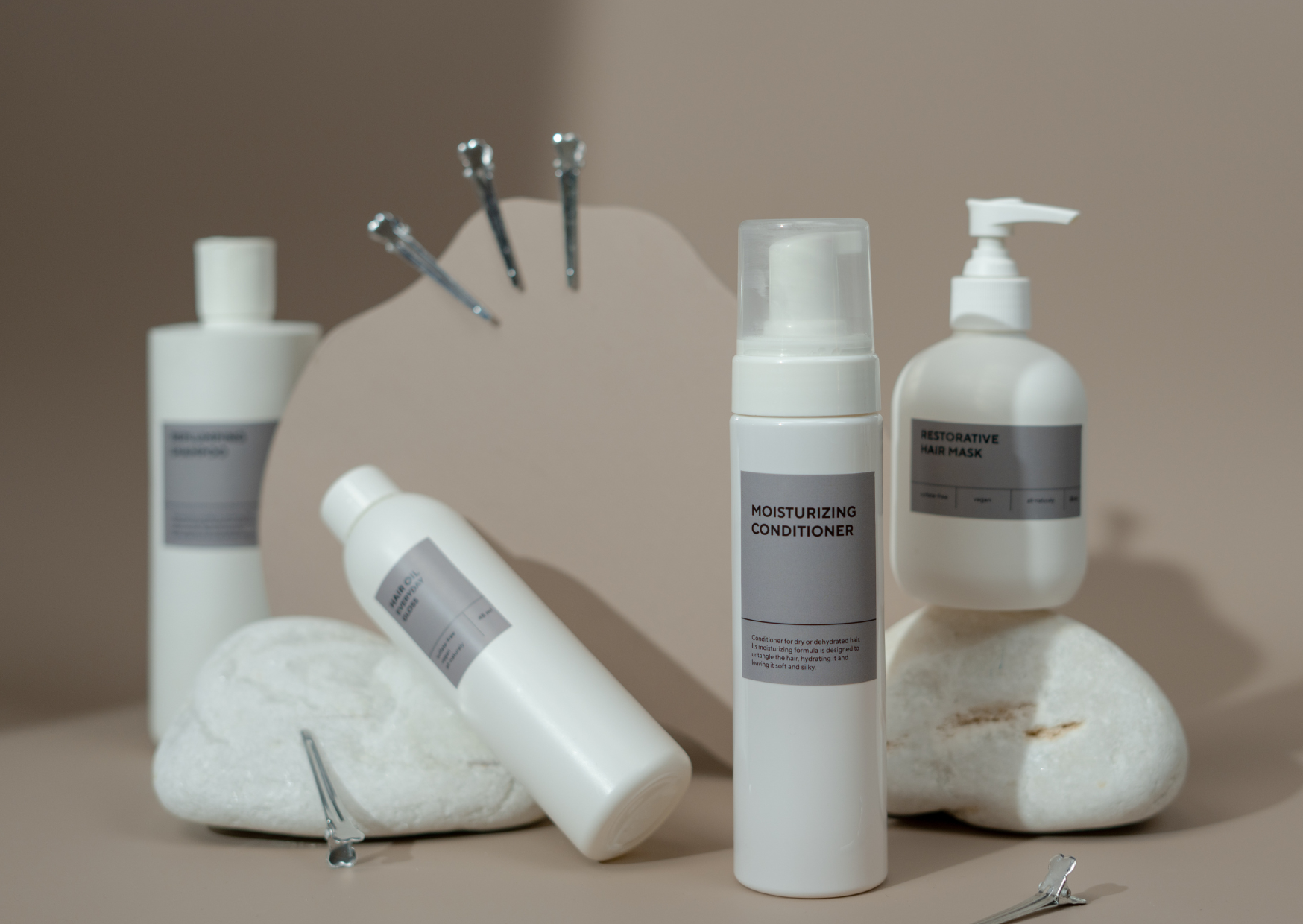No products added!
3 April 2025
0
Haircare practices have changed since the 2010s. These years marked the rise of blogging and the organic beauty movement, leading to a growing demand for information and its widespread sharing.
Previously, women worldwide were subjected to the dictatorship of straight hair and the influence of large cosmetic companies. The dominant model almost exclusively celebrated white Western women with straight hair, without offering alternative representations. The hegemony of this Western model in the media and business world was so strong that the cosmetic industry followed suit, encouraging women with curly to kinky hair to transform their natural texture rather than embrace their beauty. Even African American cosmetic laboratories adopted this path, convinced that this was what consumers with kinky hair were seeking.
As a result, efforts were made to relax and deeply alter the structure of textured hair without any concern for its long-term preservation or the impact of these practices on the physical and mental health of those who underwent them. Moreover, the main stakeholders of these brands were rarely the women affected by this issue.
It took these very consumers coming together, sharing information from their personal experiences, and voicing their discomfort for the change to begin at the grassroots level.
This led to the rise of the DIY cosmetic movement: when they couldn’t find brands that respected their needs, these women started creating their own products. These homemade cosmetics, when more sophisticated than a simple oil bath, were free of many common ingredients in the industry.
When natural haircare brands were eventually created based on this same observation, they were often led by women with textured hair who shared the same desires as their future customers. These brands typically adopted an ethical approach, banning entire categories of ingredients that we’ll explain here:
- Endocrine Disruptors
The most well-known endocrine disruptor is paraben (specifically ingredients with the suffix “paraben”). However, many other ingredients fall into this category. Notable examples include phenoxyethanol, phthalates (or benzophenone), and formaldehydes. These substances are used as preservatives to kill potential bacteria that could develop in products—a crucial function for the product’s longevity.
However, it has been discovered that these preservatives may have long-term effects on the human hormonal system. It’s not a single application that causes these effects, but these ingredients are still widely present in the cosmetics industry. The “cocktail effect” of regular exposure over several years can lead to serious health issues, such as early puberty in children and thyroid disorders.
For this reason, it is recommended to avoid them. While they haven’t been banned, they have been removed from many formulations since this information came to light.
b) Irritating or Allergenic Preservatives
The cosmetic industry must ensure the stability of its products. However, many preservatives have been flagged for their irritating properties. Notably, ingredients with the prefixes methylchloro, methyliso, or triclos have been recently removed from formulations to avoid these effects, which, although rare, can be quite bothersome.
c) Comedogenic Agents:
Silicones and Mineral Oils
Silicones (identified by the suffix -eticone) have long been used in cosmetics for their emollient and lubricating properties. Although they help smooth the hair cuticle, they have the drawback of being comedogenic, meaning they are hard to remove. Initially, silicones give the hair a shiny and silky appearance, but over time, they weaken and suffocate it.
They are often replaced by quaternary ammoniums, which have similar properties, but these are also frequently avoided.
Similarly, mineral oils (such as paraffin, mineral oil, and petrolatum) are widely used as chemical diluents and for their lubricating properties. However, they are derived from petrochemical products and also have comedogenic effects. They suffocate the hair fiber without providing real hydration or nourishment. In short, they add shine without offering any true benefits. Best to avoid these as well.
d) Sulfates
Used for their cleansing and foaming properties, some sulfates—such as sodium lauryl sulfate (SLS) and sodium laureth sulfate (SLES)—also have the tendency to dry out the hair. This is why they are not recommended for curly to coily hair textures, which need to retain more sebum due to a natural lack of it.
Not all sulfates are equally harsh, but it’s best to avoid them, especially when they are present in large quantities in the formula. Sometimes it’s necessary to use a small amount or find alternatives, particularly for the foaming effect, which users often expect, even though foam does not indicate cleanliness. Sulfate-free products tend to foam less.
e) Alcohols: Sometimes Harmful, Often an Ally
Many people believe that ingredients labeled as alcohols are harmful to hair. However, this is not entirely true, except for certain types such as alcohol denat and ethyl alcohol. These are used as solvents and serve a purpose, but they tend to dry out the hair fiber, making them unsuitable for textured hair.
On the other hand, fatty alcohols are used to smooth the cuticle and soften the hair fiber, having a beneficial effect instead. As a result, they are not among the ingredients avoided by natural brands (e.g., cetyl alcohol, cetearyl alcohol).
You now know the categories of ingredients to watch out for and their names in INCI lists, allowing you to make informed choices when selecting cosmetics. The INCI list is the standardized international naming system for ingredients.
Within the European Union, ingredients must be listed in descending order of concentration, from the highest to the lowest. Therefore, the ingredients mentioned first are the most prevalent in the formula, while those at the end of the list are present in very small amounts (less than 0.05%). It is important to note that North American regulations are more lenient regarding ingredient disclosure, and preservatives are not always listed. This puts European brands at a disadvantage on composition evaluation apps such as Yuka.

